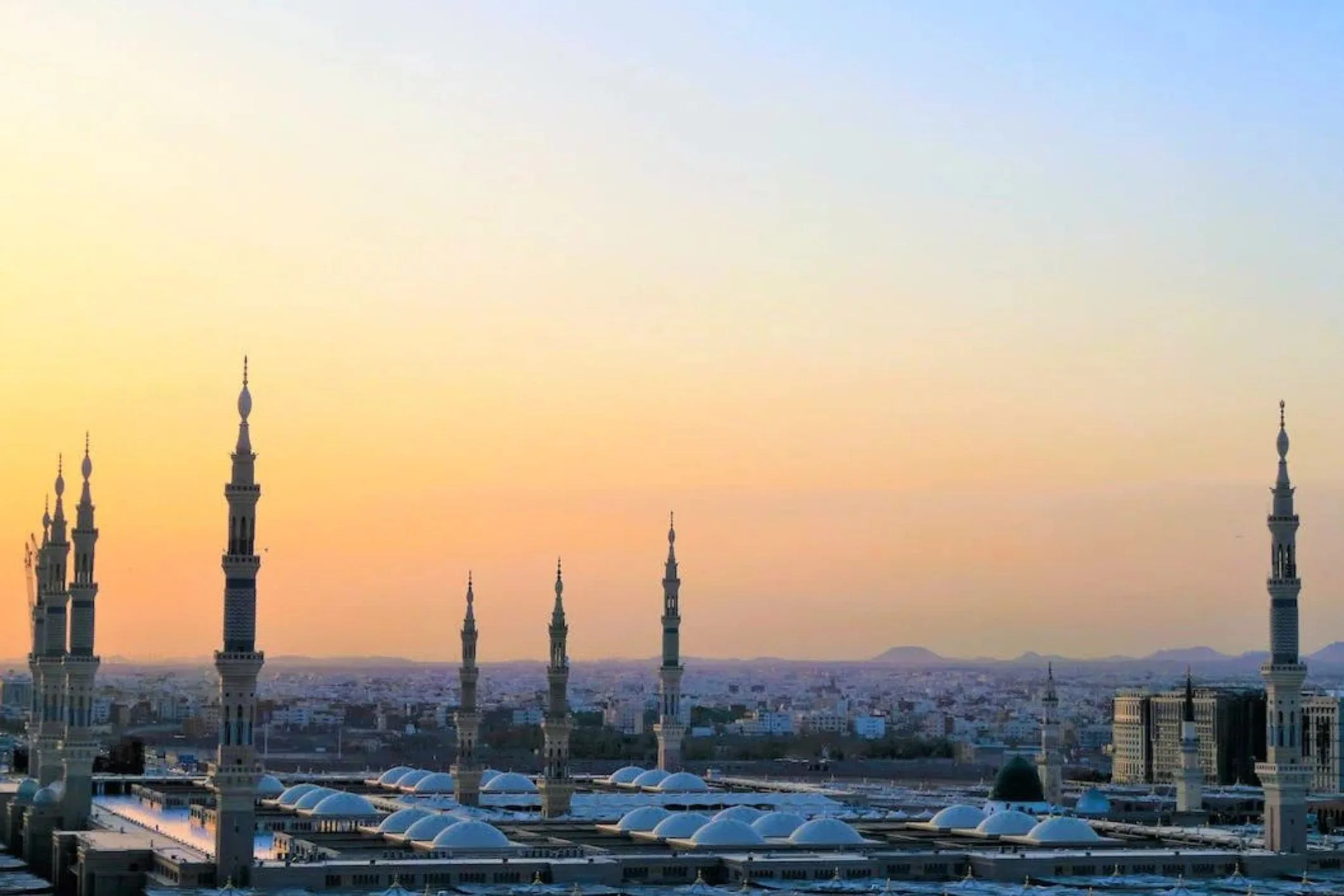
Madinah Gov. Prince Faisal bin Salman unveiled the first edition of the Prophet’s Holy Mosque Architecture encyclopedia, which chronicles the pilgrimage site’s architectural evolution from the Prophet to the Saudi era.
It is a very in-depth scientific study of the mosque’s features and construction.
Prince Faisal said that the publication shows how much the Saudi government cares about the Prophet’s Mosque and how its architectural details are written down.
He said that the encyclopedia is part of the Al-Madinah Al-Munawwarah Studies and Research Center’s plan to make a book about the mosque’s features and how they have changed since it was built.
The encyclopedia also talks about what the Saudi government has done to care for the architecture, repair, and restoration of the mosque, as well as the beauty of Islamic architectural art.
The first step in making the encyclopedia was to use a laser scanner to record all of the two-dimensional and three-dimensional architectural details as accurately as possible.
Holy Mosque Architectural Details:
In the second phase, the model was documented, and the work was finished with a photography phase that showed how the mosque’s architectural details look in real life.
The encyclopedia is based on a model of the mosque that was made using laser scanning and photography.
It has photographs, literary records, analytical articles, architectural studies, engineering drawings, and abstract shapes in three dimensions.
Director-general of Al-Madinah Al-Munawwarah Research and Studies Center Fahad Al-Wahbi told Arab News that King Salman started the encyclopedia project when he went to Madinah in 2018.
The project is still going on with the help of the center, which is led by Prince Faisal.
Al-Wahbi said that the work began with a study of the Prophet’s Mosque’s architecture, which was done by a committee of more than 650 people.
“Each part was then put in alphabetical order and looked at from a historical and architectural point of view. When was it updated? How did it grow and change in our time?” he said.
Al-Wahbi said that the encyclopedia uses model documentation to show how the Prophet’s Mosque looked during the Prophetic era, the Rashidun Caliphate, the Umayyad Dynasty, and the Abbasid Caliphate.
“Specialized tools and two years of work were needed to scan the whole mosque,” he said.
The center took more than 60,000 pictures inside and outside of the mosque. These pictures were then put together to make panoramic pictures that can now be seen inside the site.
